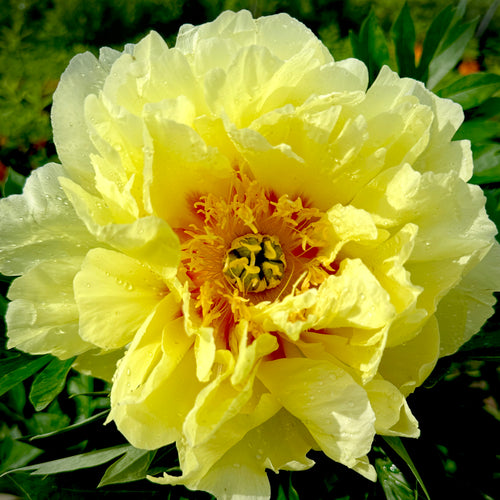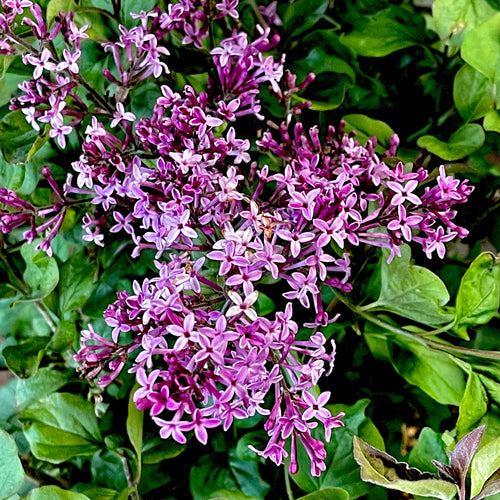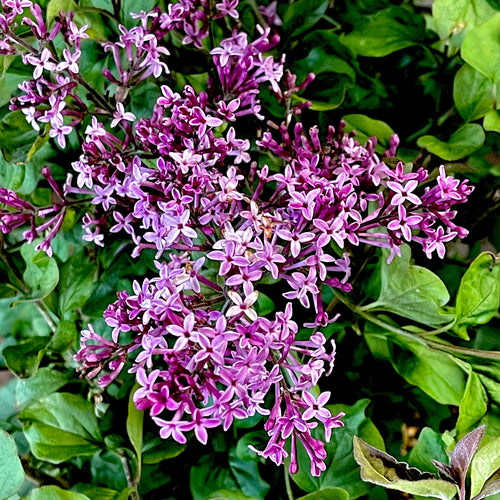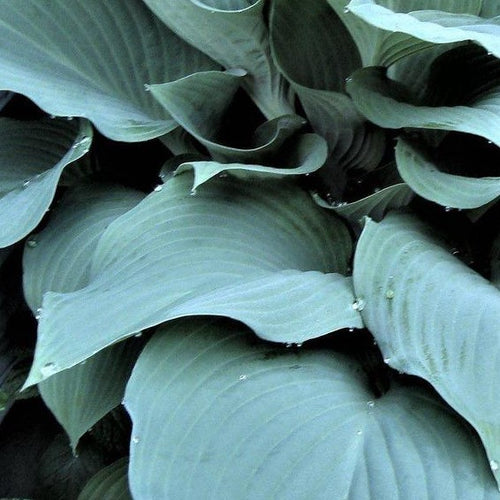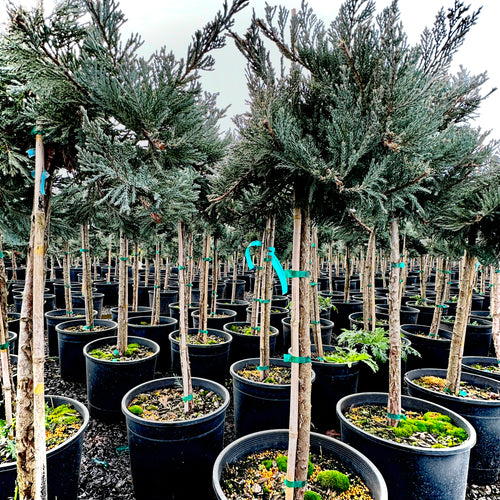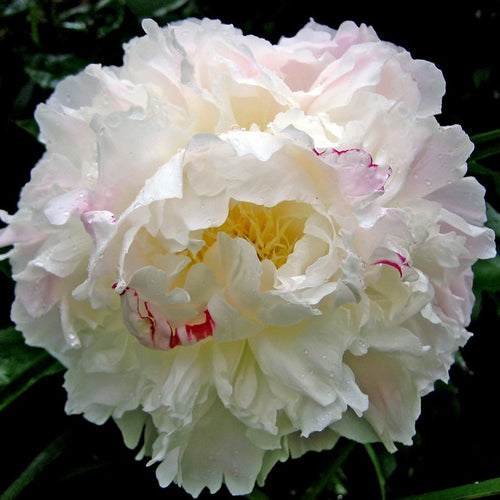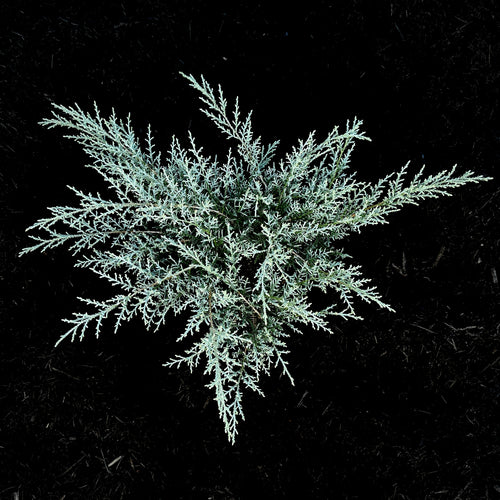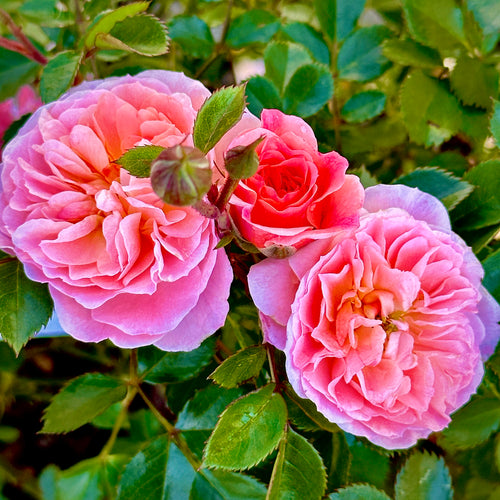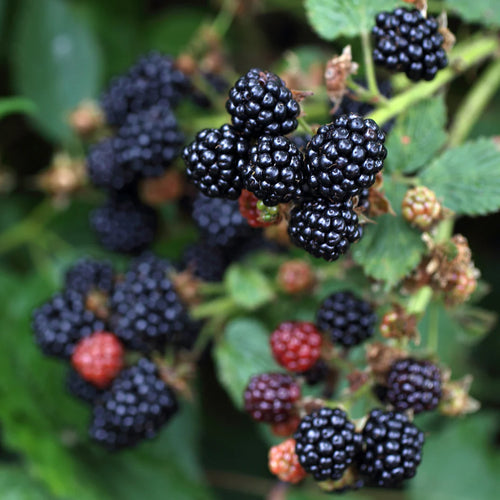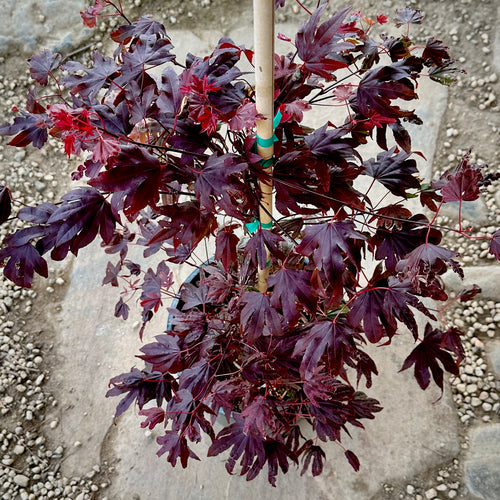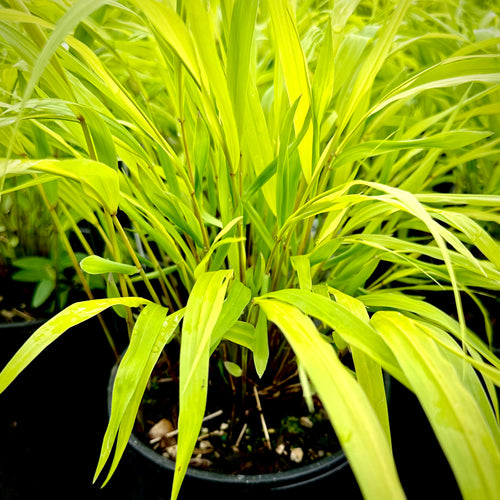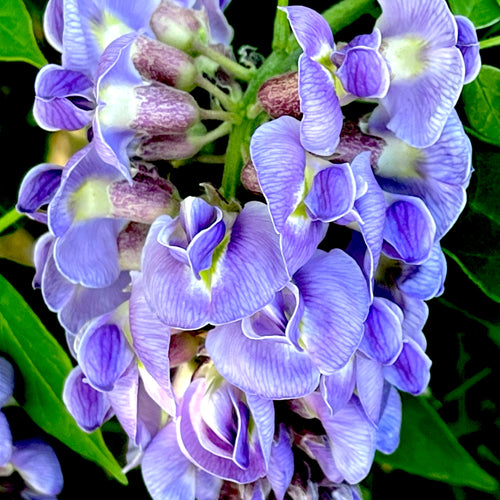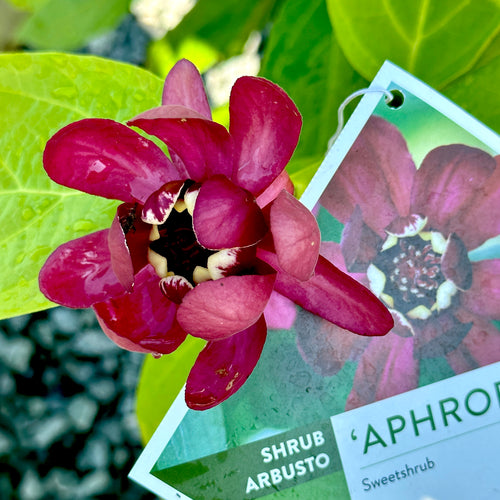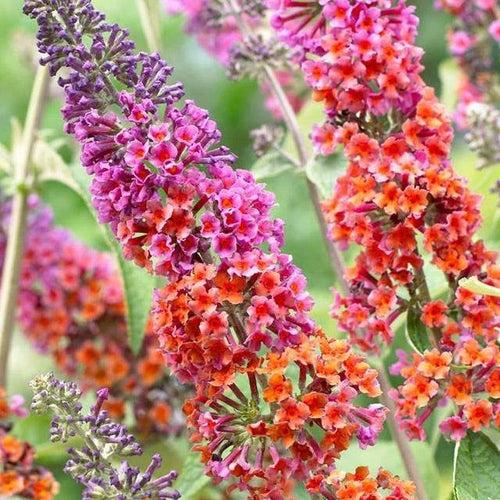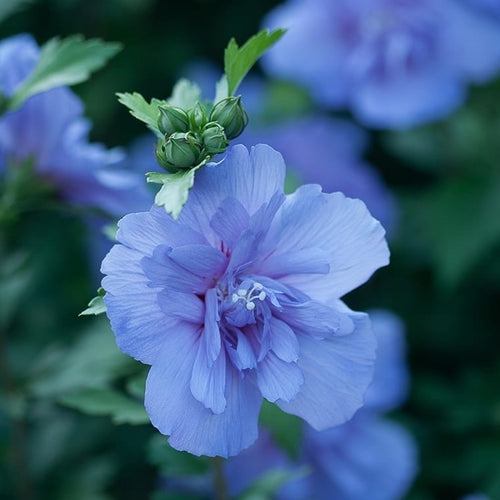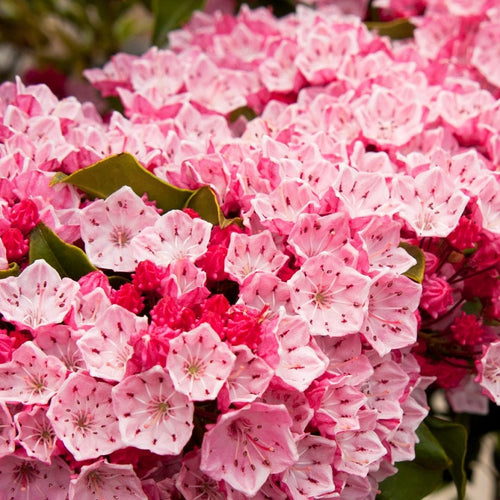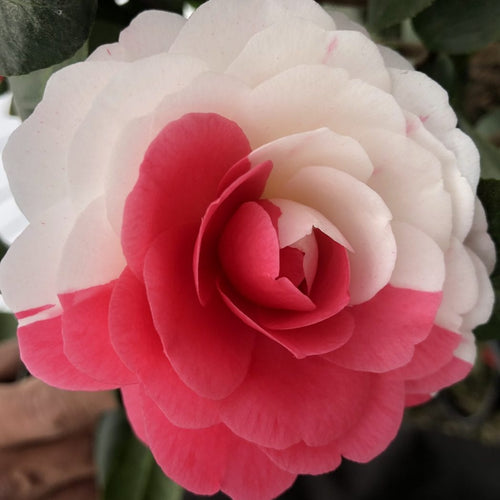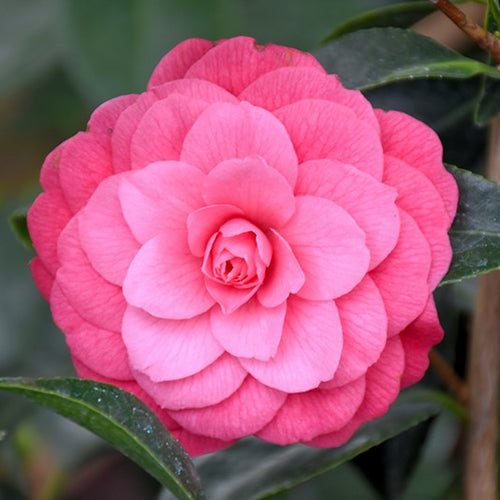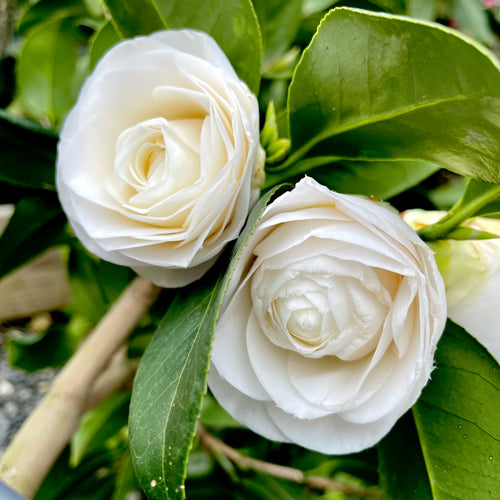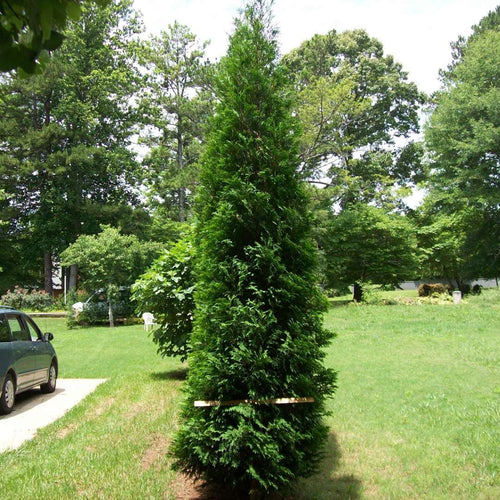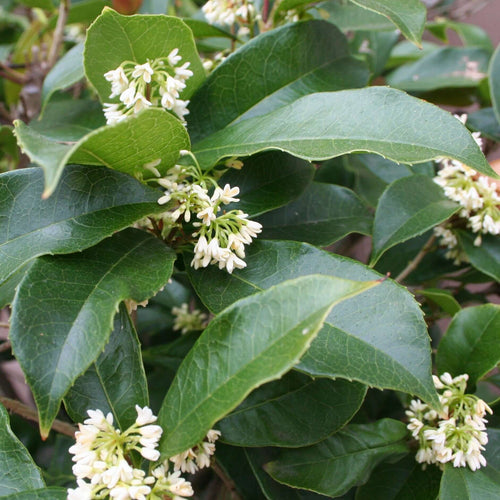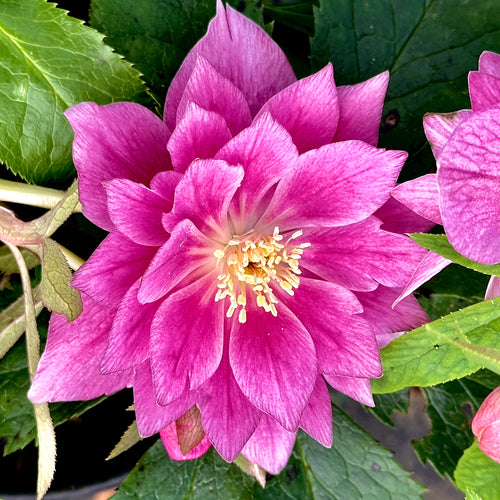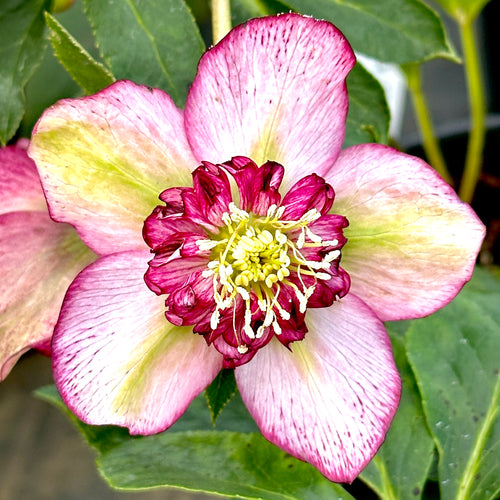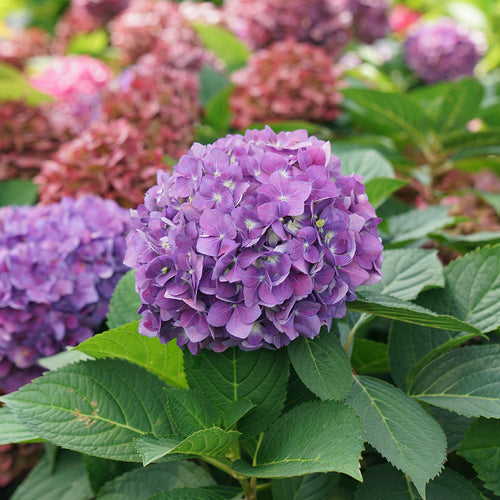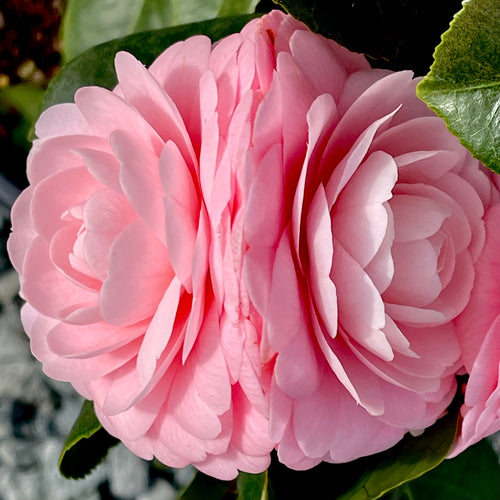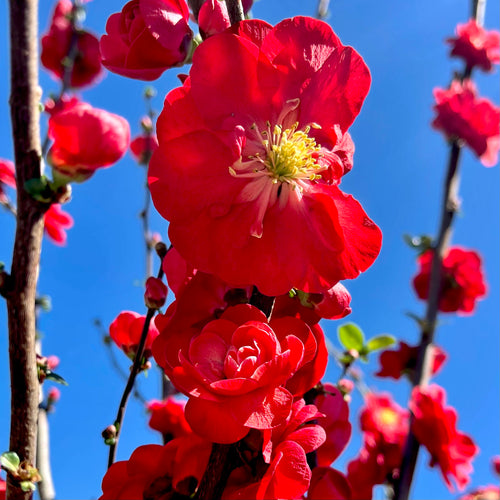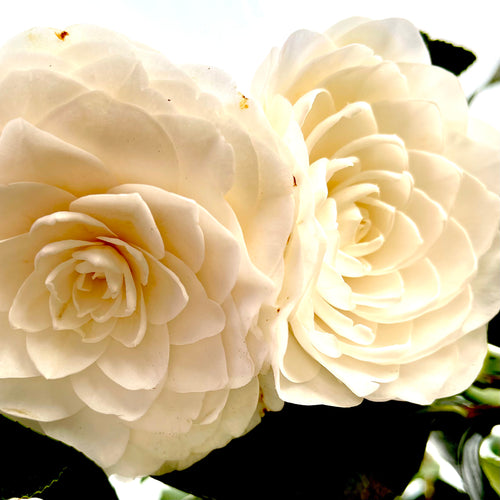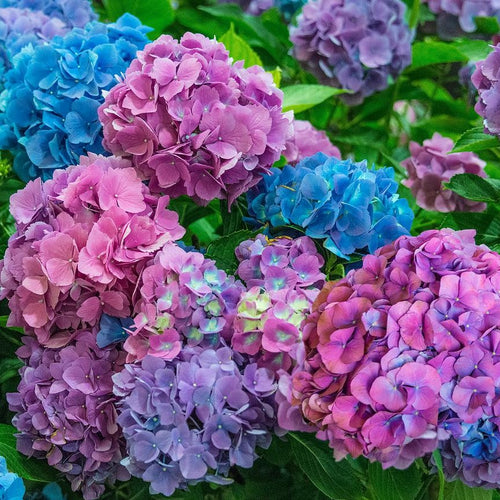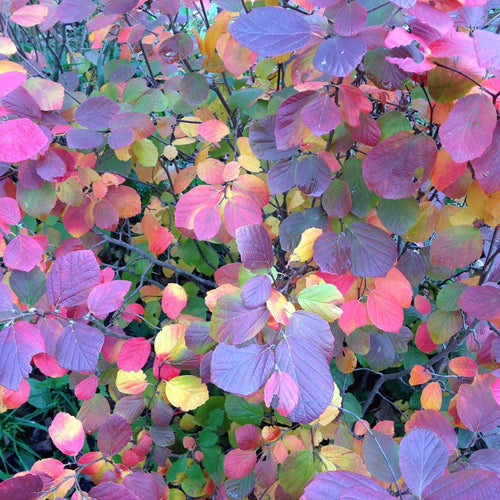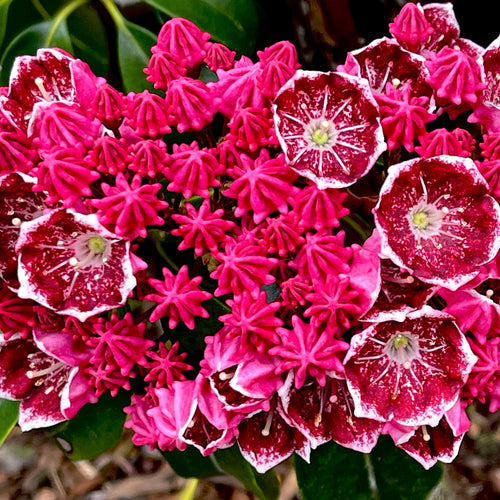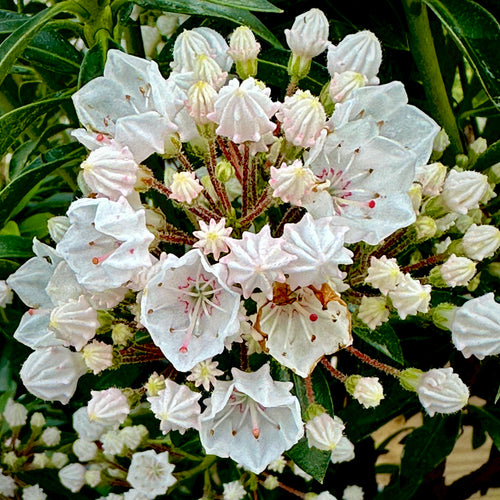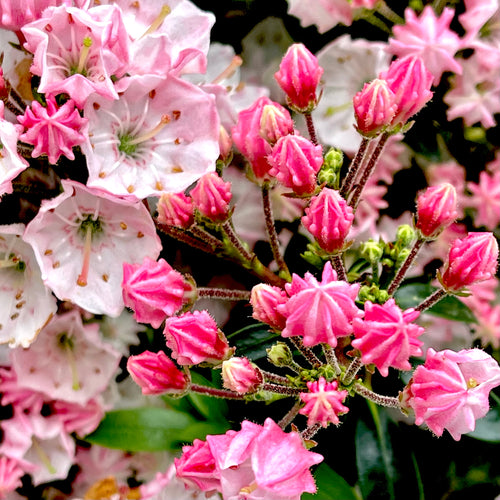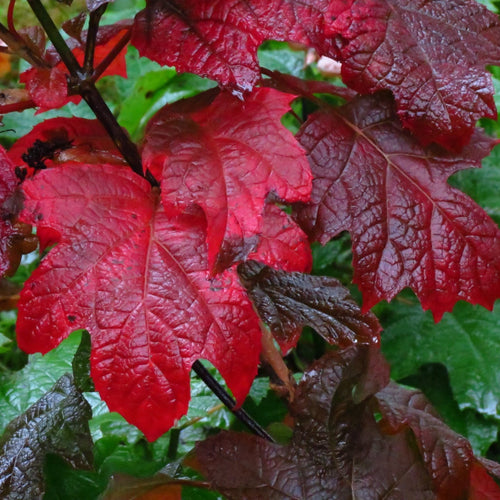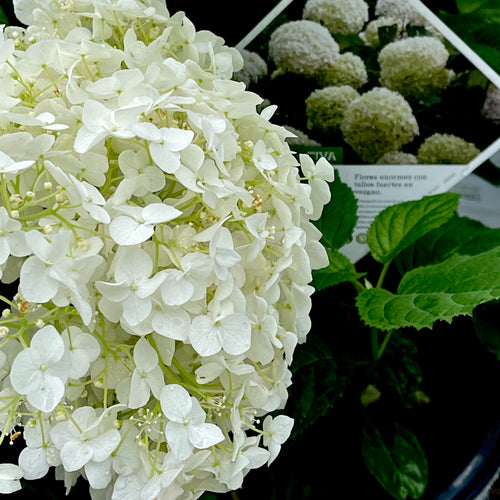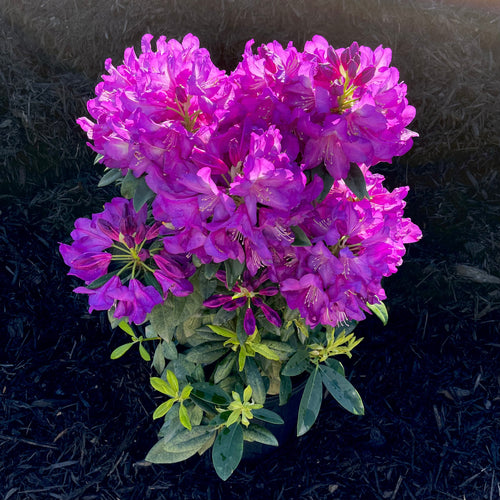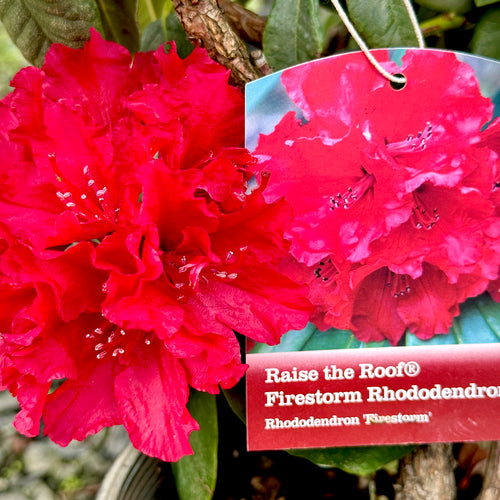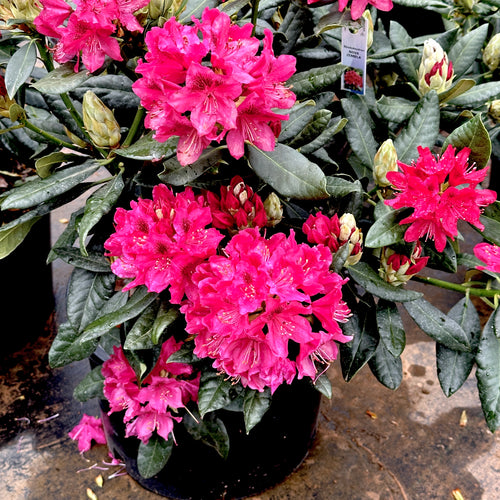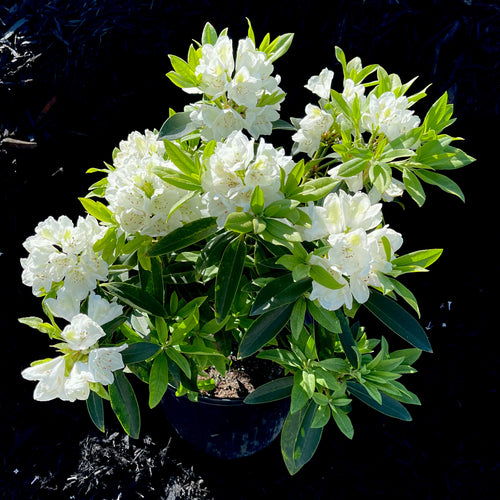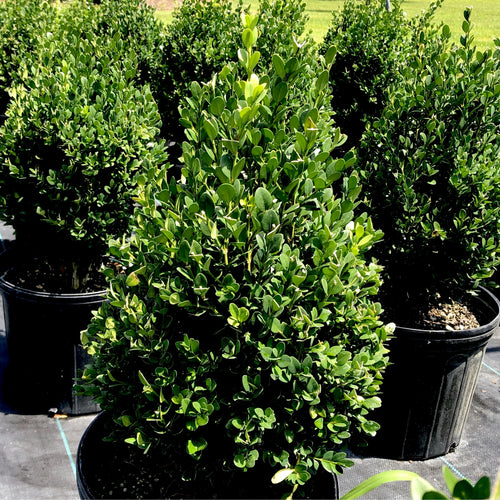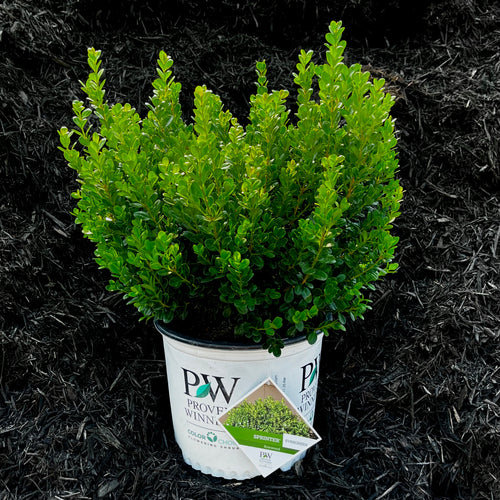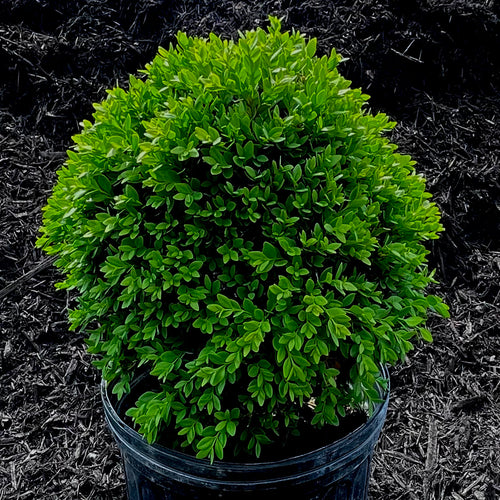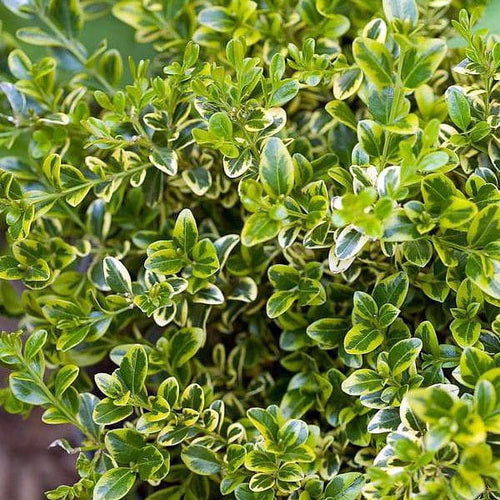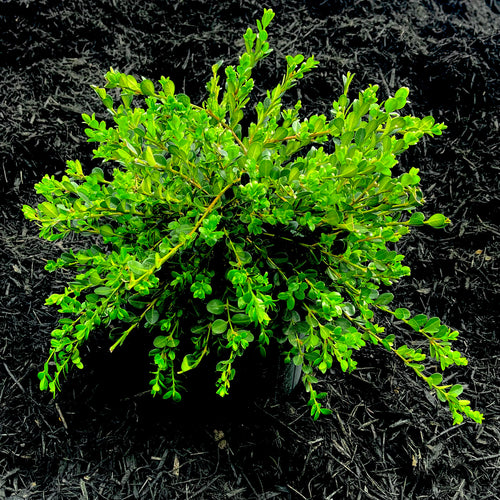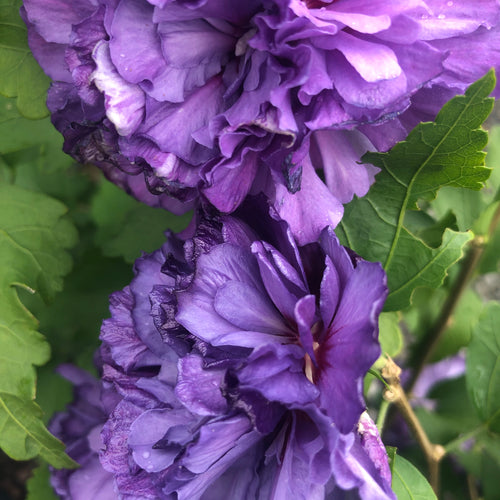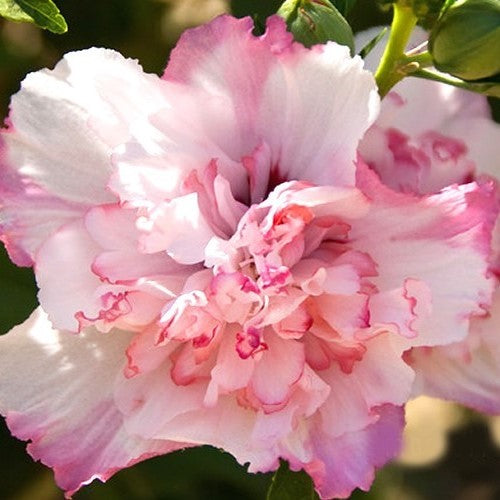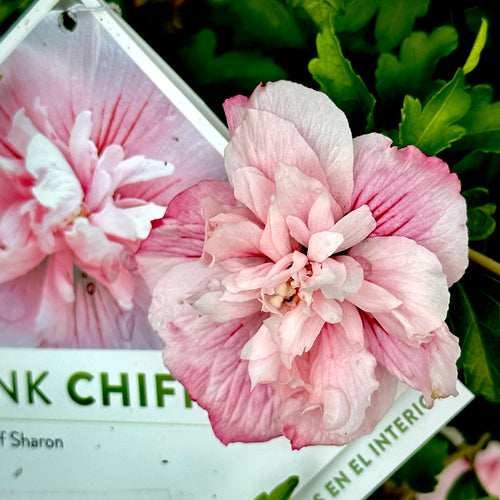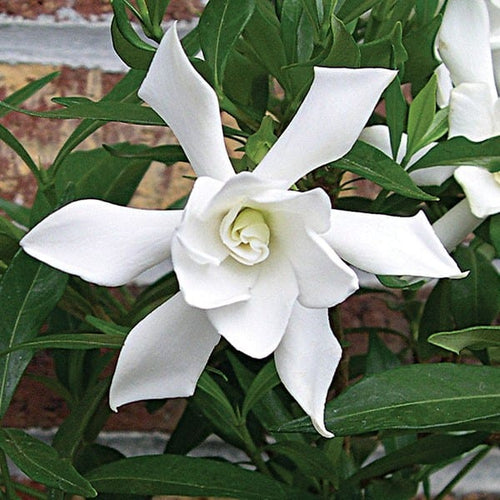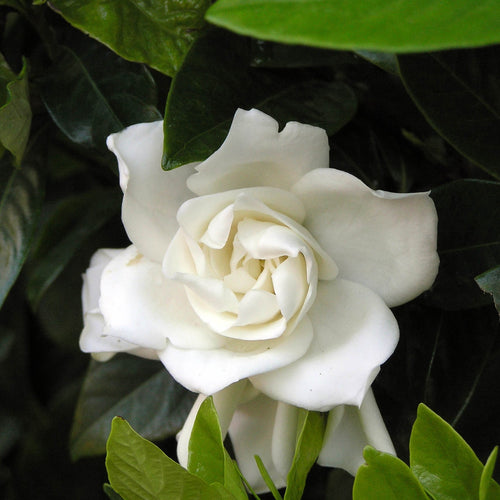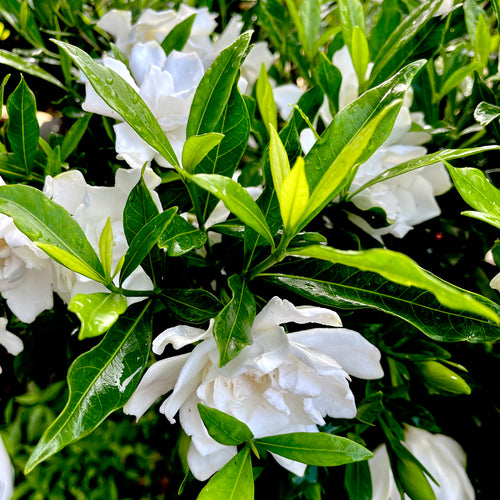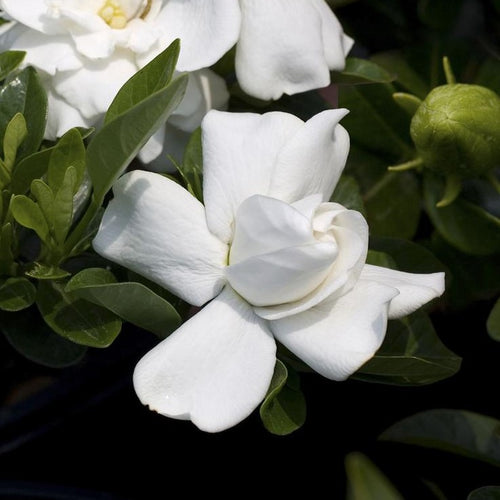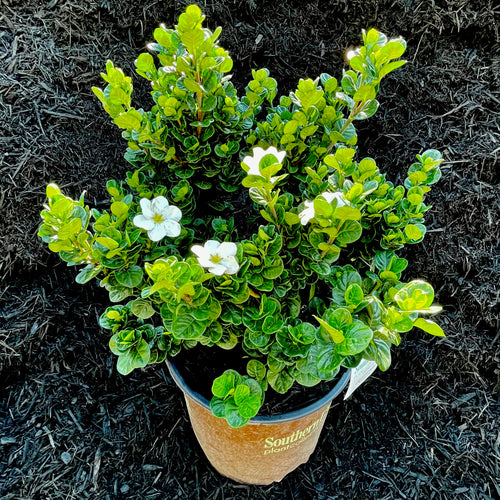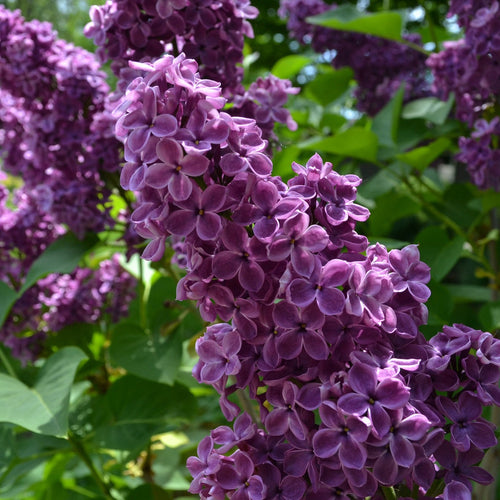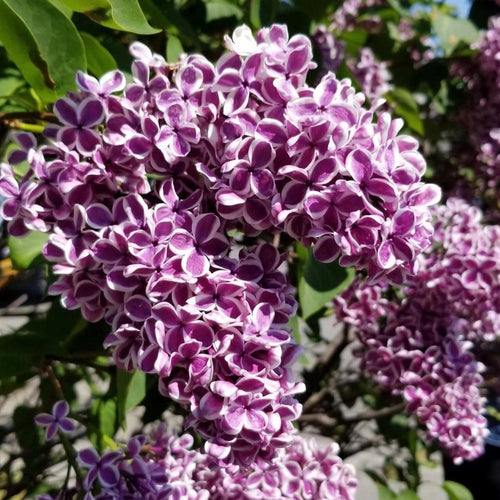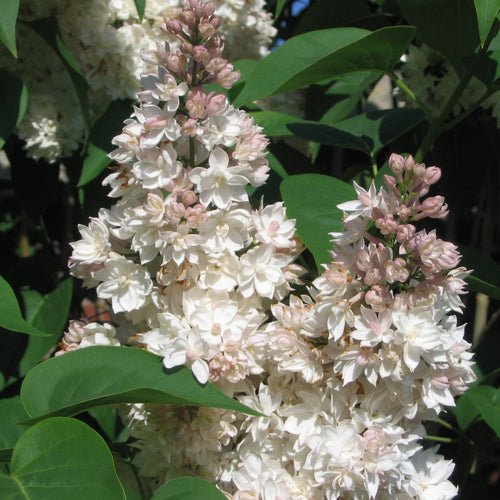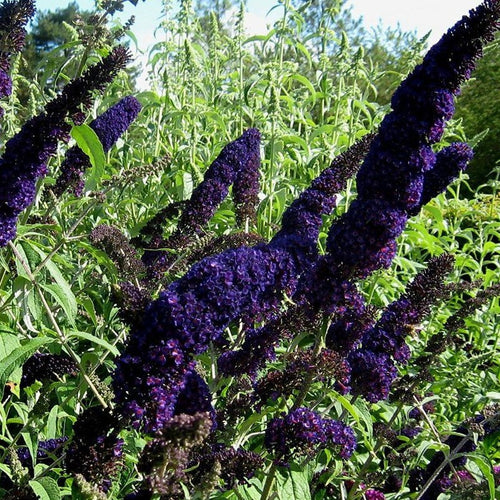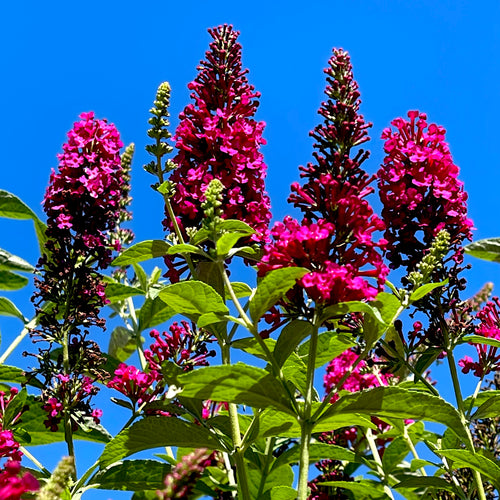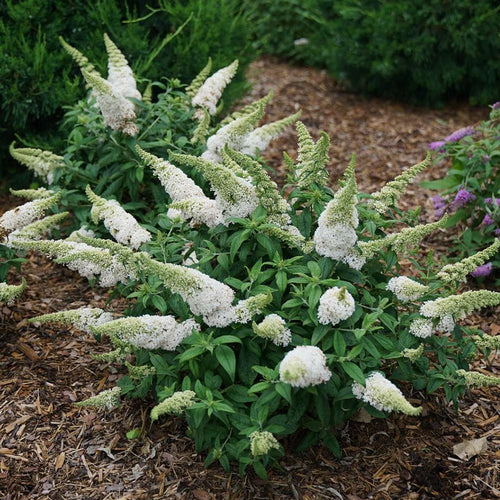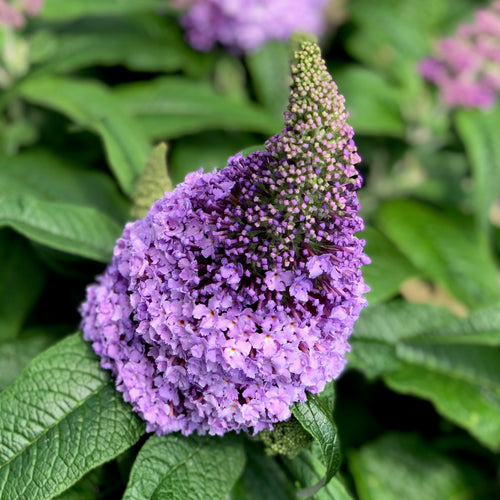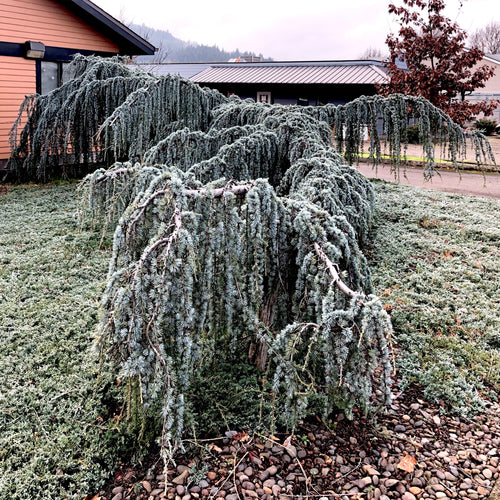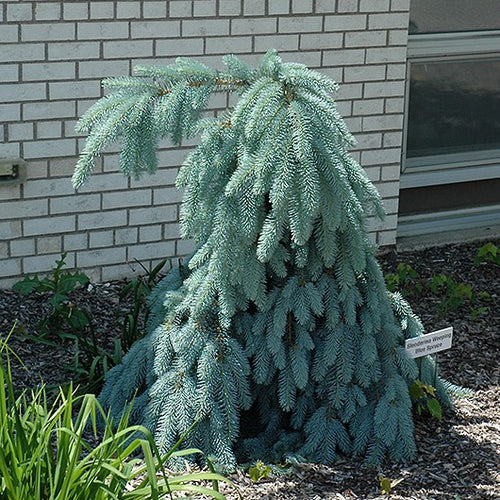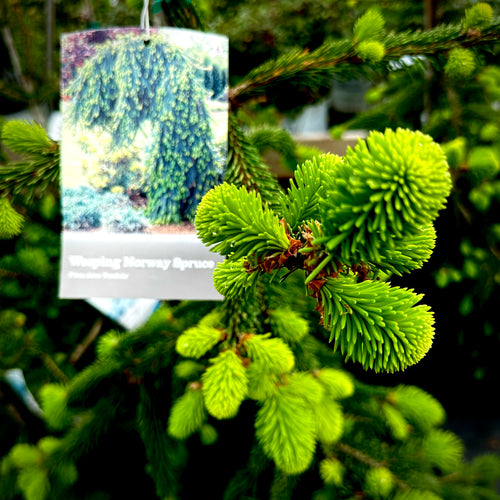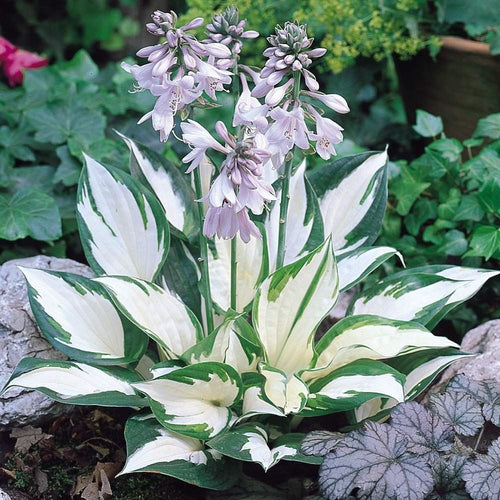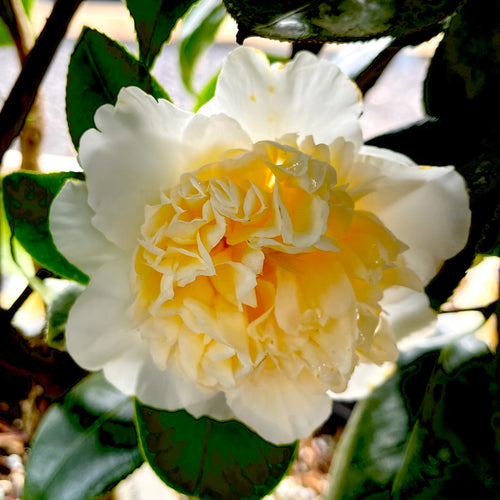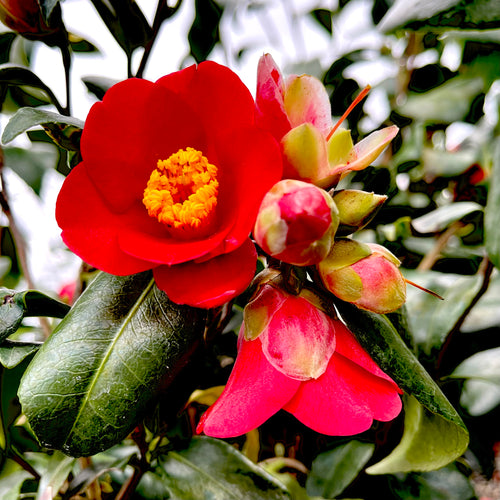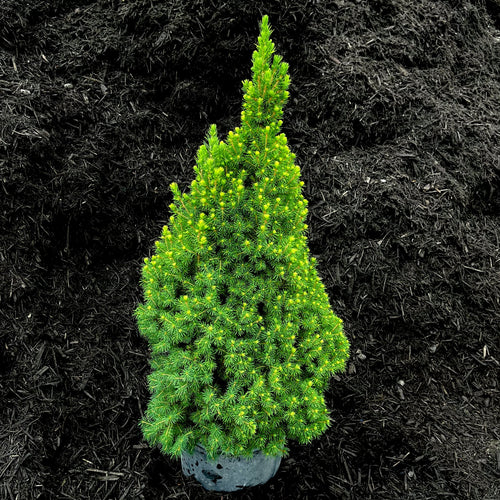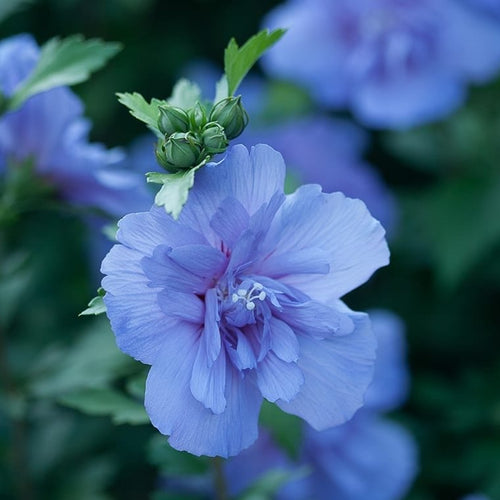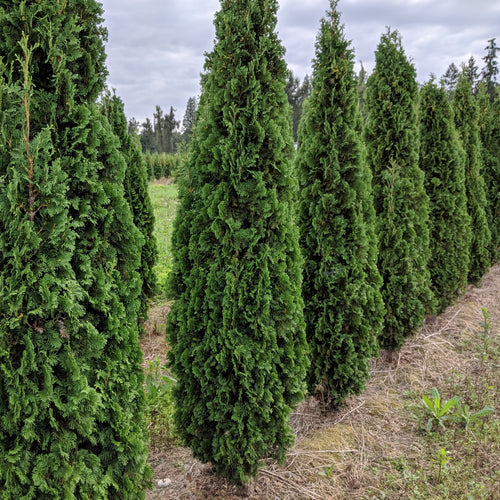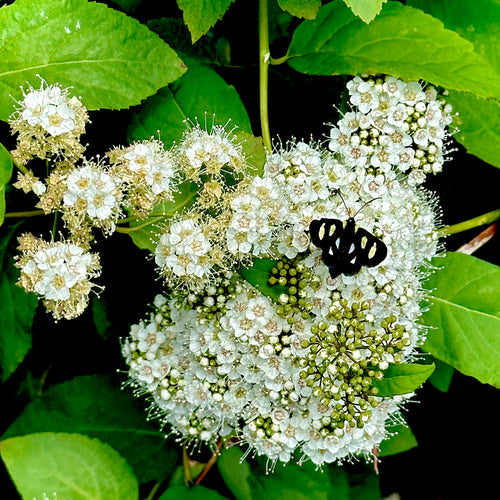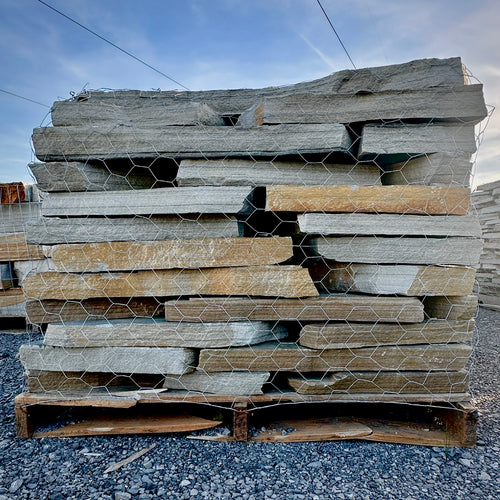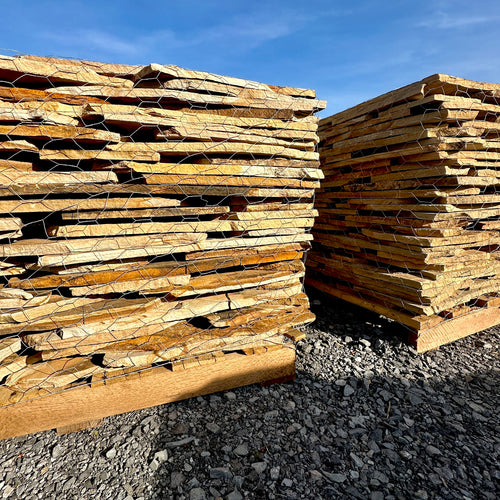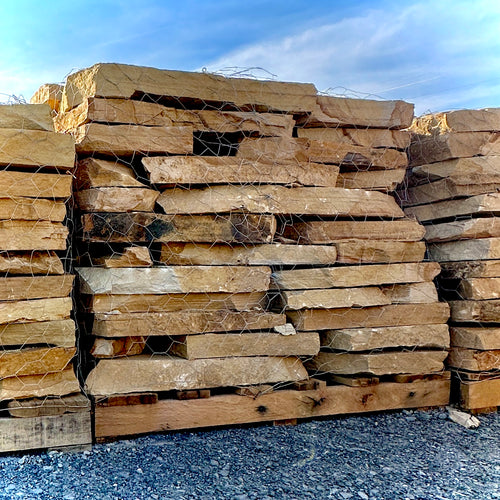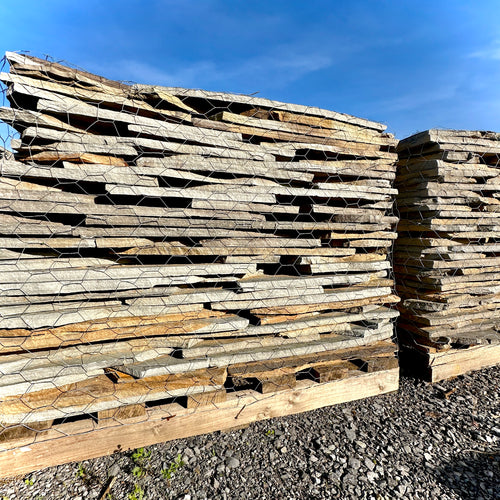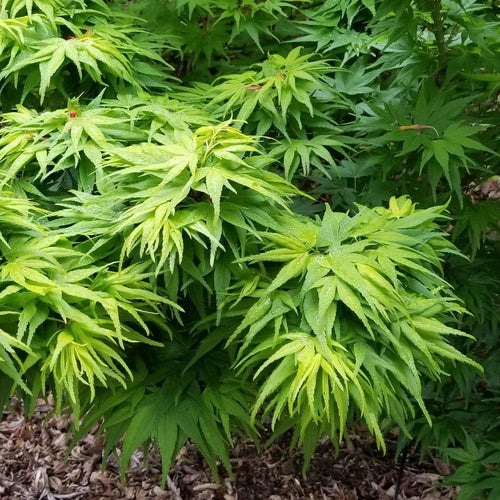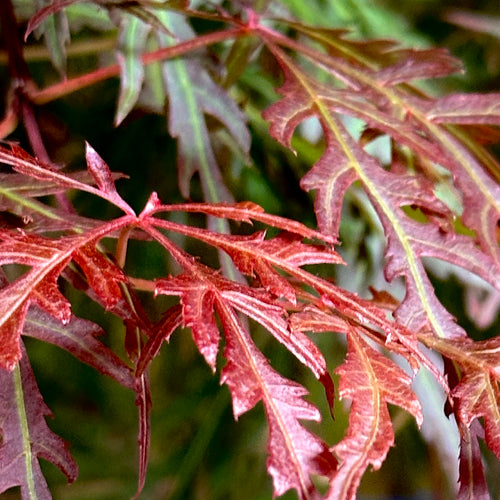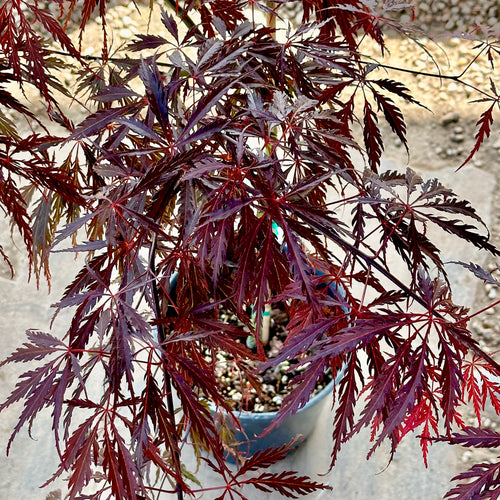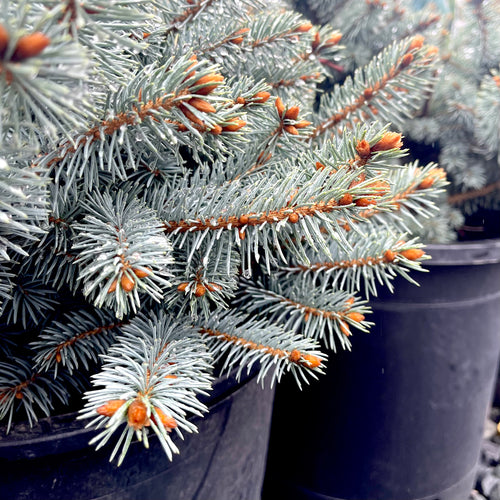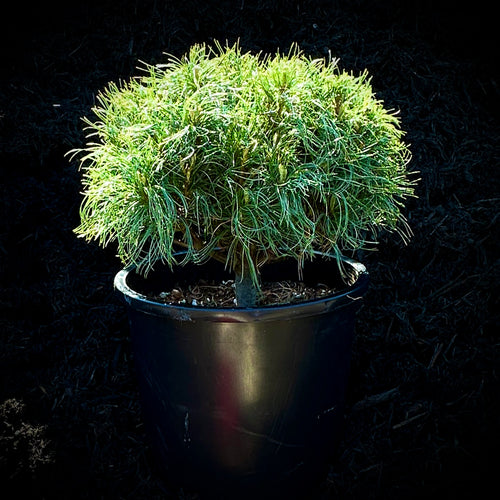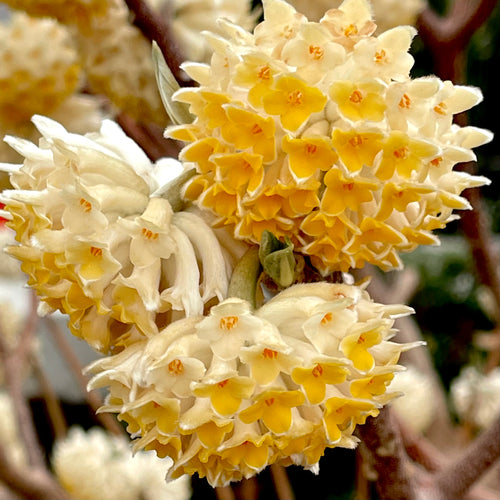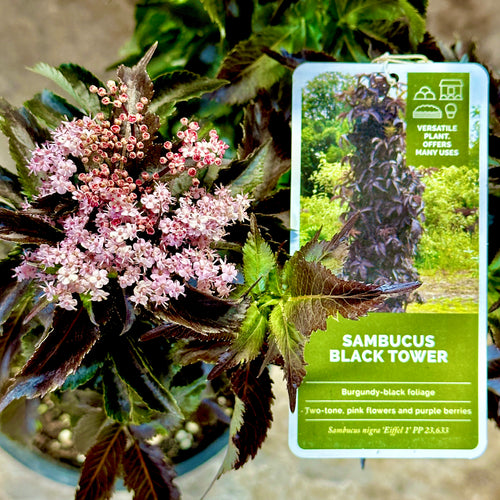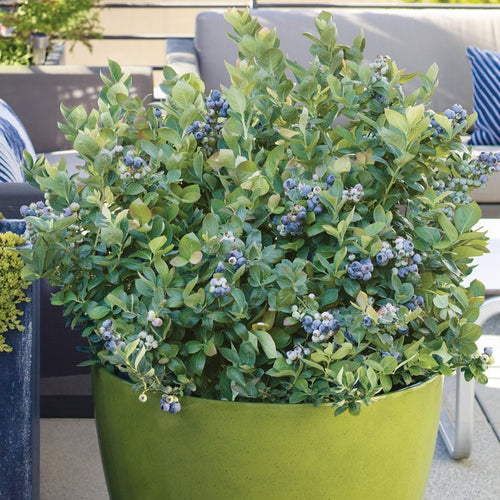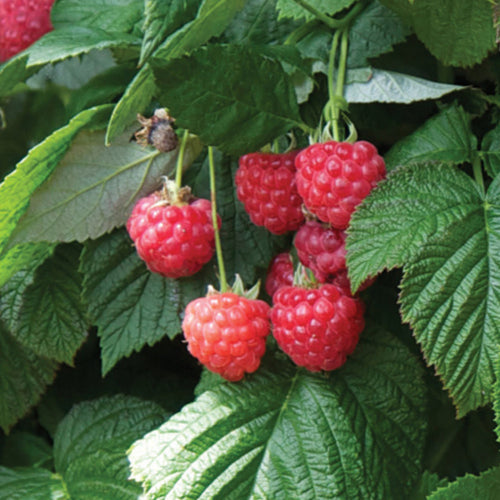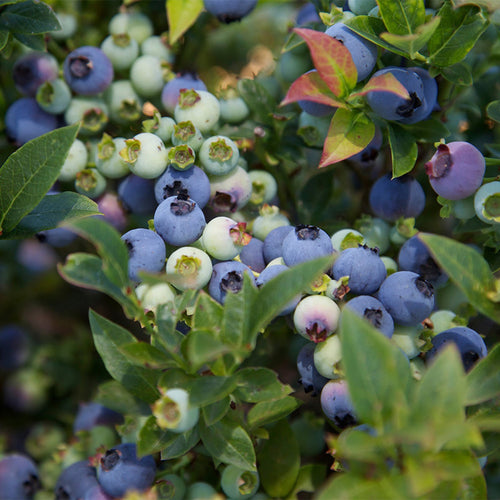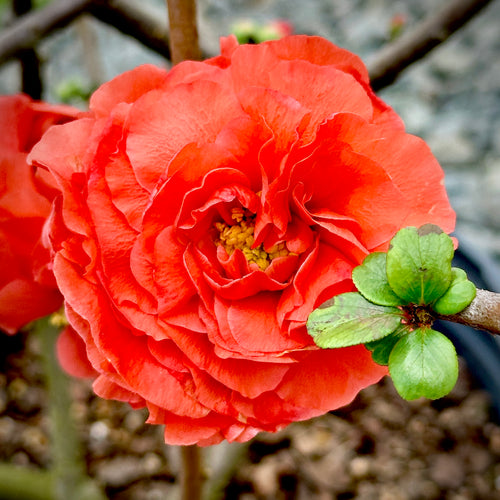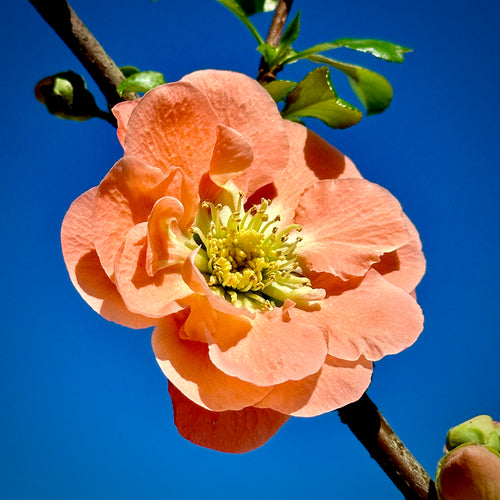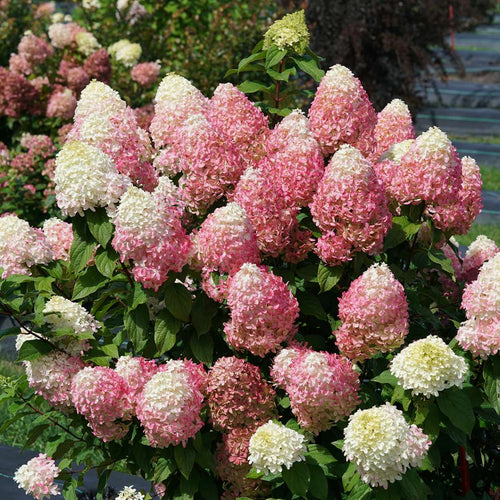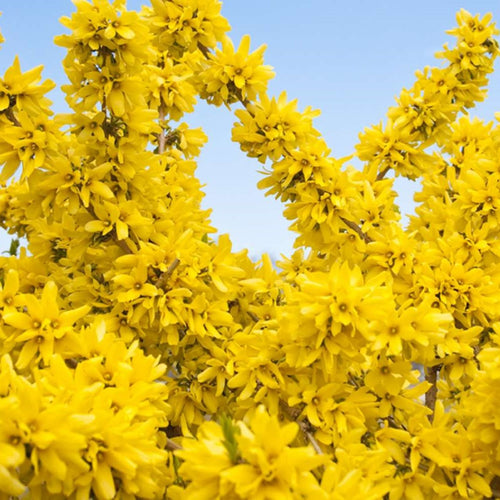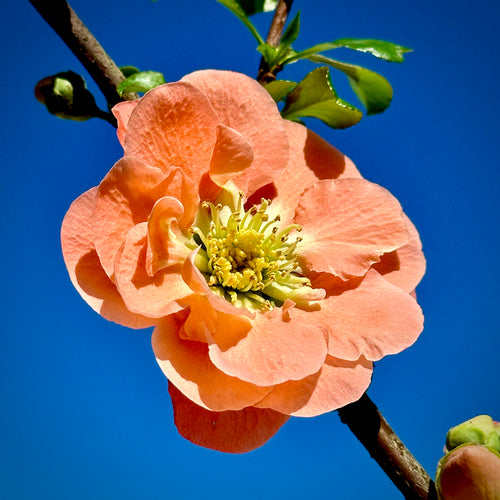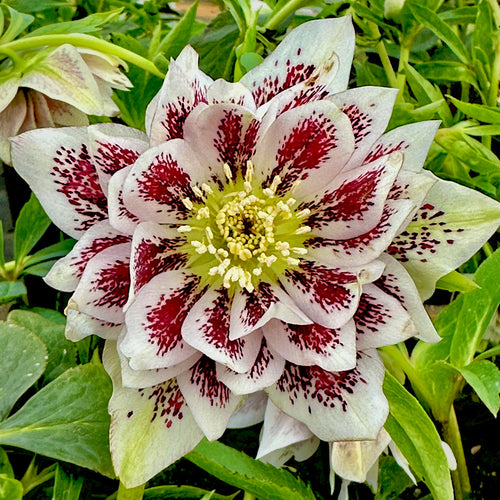PLANTING RHODODENDRON, AZALEA, MOUNTAIN LAUREL, AND CAMELLIA
- Published: Jan 21, 2022
- Written by JOSEPH PLITT
- Topics: Azalea Camellia Mountain Laurel Rhododendron
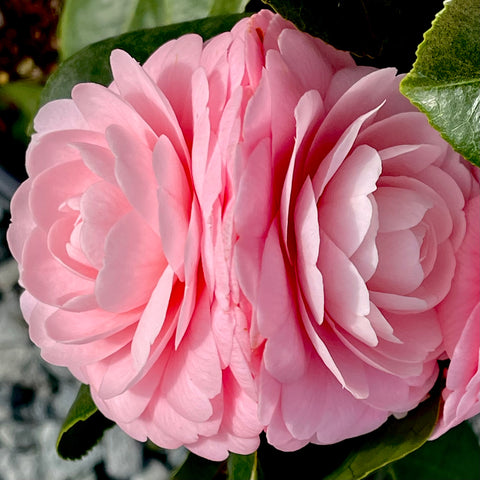
Here at Lots of Plants we get a common question regarding how to properly plant rhododendron, azalea, mountain laurel, and camellia. These plants, particularly rhodies and mountain laurel, can be especially challenging to grow in some areas. Azalea and camellia seem to be a bit easier to grow, based on personal experience. Read ahead for a quick guide on how to plant these shade lovers for optimum success.
Rhododendron, azalea, mountain laurel, and camellia, all originate from places in the world that are generally high in humidity and abundant in organic matter in the soil (think decades-old leafy forest floor). These plants also tend to grow in the understory layer, that is, under the protective canopy of trees (so not direct sunlight). So, to have success in growing these plants in your yard, try to mimic those conditions as best as you can.
Quick guide for happy rhododendron, azalea, mountain laurel, and camellia:
- Plant in a spot with dappled shade. Morning sunlight is ok, but avoid direct afternoon sunlight (this will make rhododendron very unhappy and will scald camellia).
- Planting in fall, winter, or early spring is best.
- Dig a hole as wide as you can. Mix in A LOT (like half of a 2 cu foot per plant, at the very least) of organic matter—leaf mulch, soil amendment (usually pine fines, compost) with your native soil. Well-draining, crumbly soil is a must to keep these plants happy. Clay will not work for these plants. Lots of Plants Soil Conditioner is best, we grow our flowering evergreens in this mixture and offer it on the site as well.
- When planting the shrub, make sure the top of the root ball is three to four inches above the ground level when you backfill. These plants must have good drainage and will suffer if they sit in water or if the soil does not drain well. Planting high assists with drainage and helps avoid “wet feet” in the plant. When backfilling the hole, pack the crumbly soil mixture under and around the root ball firmly.
- Mulch plant well. Rhodies and mountain laurel are shallow-rooted and especially like consistently moist soil, but not sopping wet soil. Mulch helps create the desired environment (remember leafy forest floor).
- Fertilize according to directions with a specially formulated plant food for acid-loving plants, our Multicote brand fertilizer is now available in a 10 pound bag and is also mixed into our planting soil. Both can be found on the cart page.
My personal experience with azaleas and camellias: both I find to be pretty flexible and adaptable. Rhodies, though, have been a mixed bag, mostly due to my mistakes. One I stuck in too much light with afternoon sun and it has not been happy at all, so I will move that guy to a better spot in spring. But I rescued two dying, spindly rhododendron from a closing nursery and planted them in an ivy bed under some old dogwoods. Two years later, they are covered in huge pink blooms! I think the shade from the dogwood and the cover that the ivy provides creates that moist acidic environment that makes them happy. I haven’t grown mountain laurel because I have little shade, but love to see them on hikes in the mountains of North Carolina.
Hope this info helps you in your quest for happy plants, gentle reader! Until next time in rude nature!
Carrie B.
